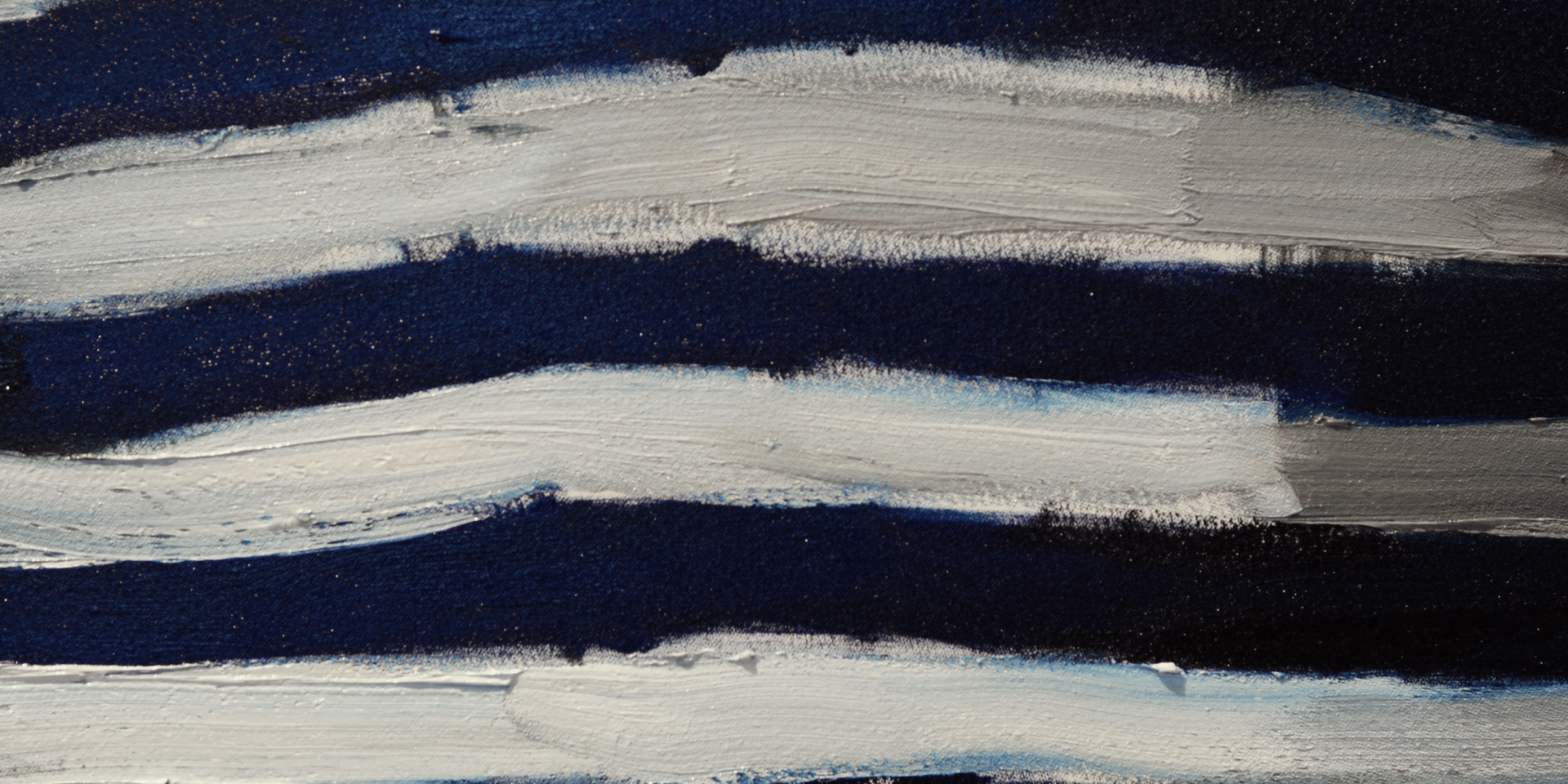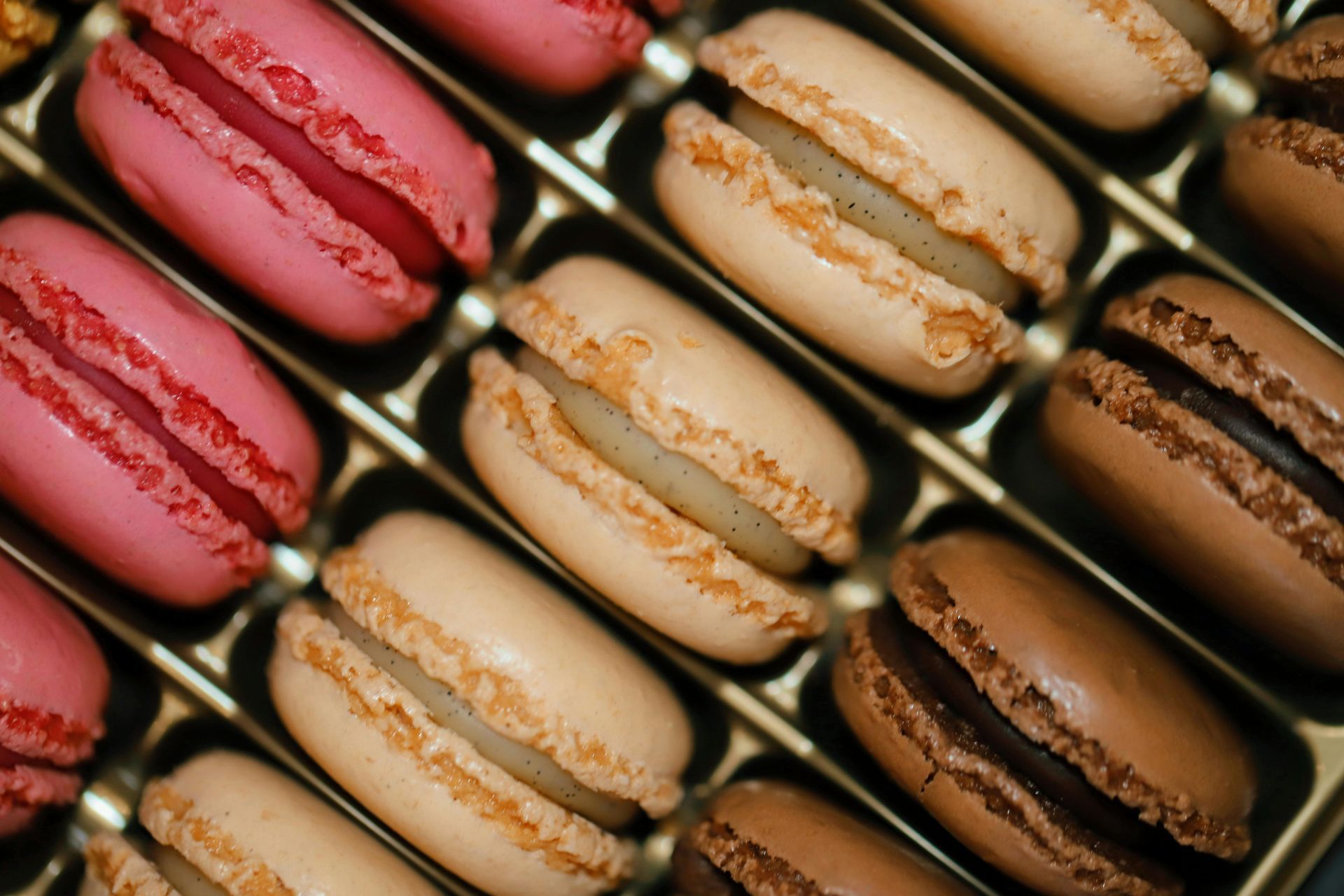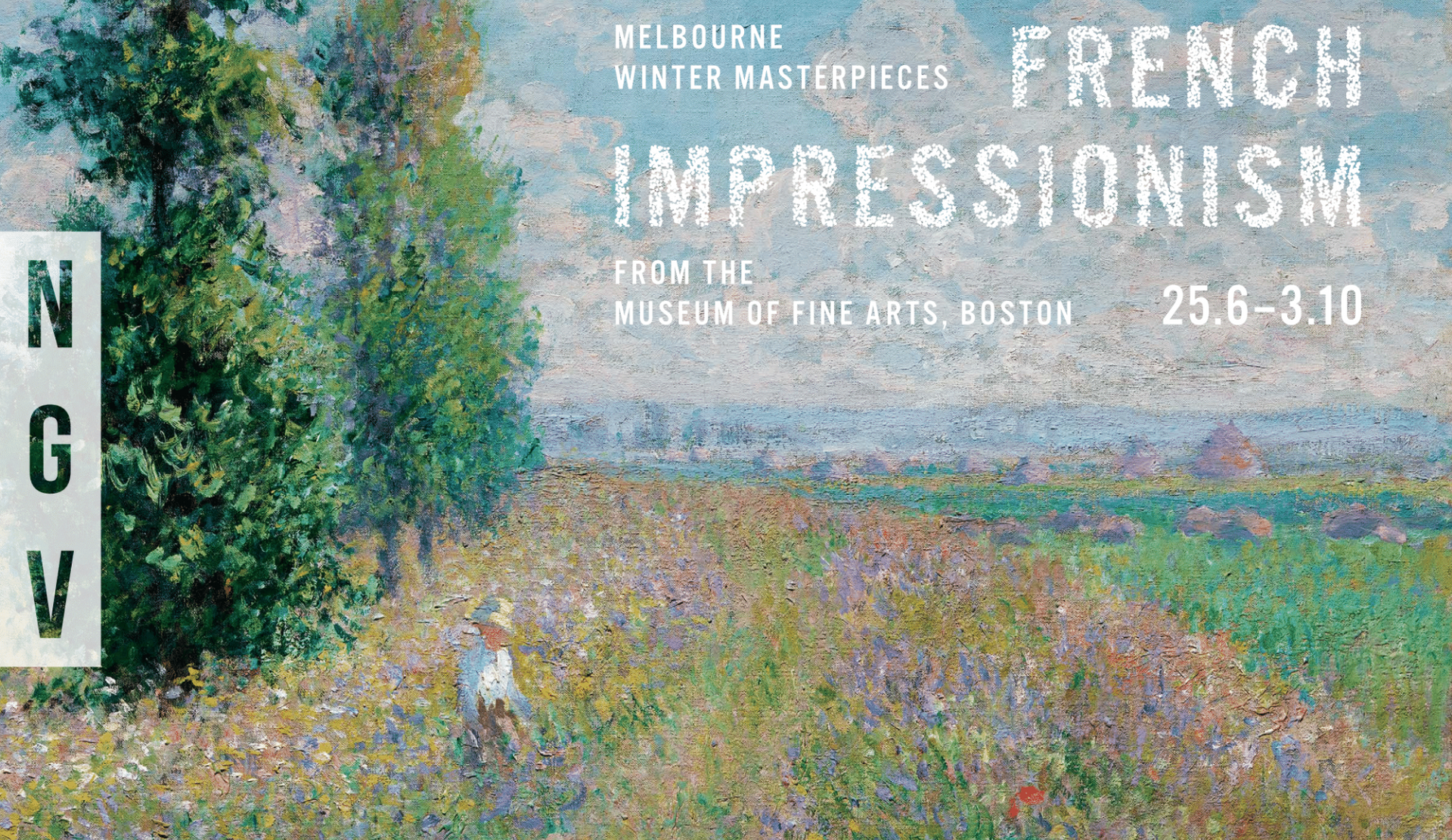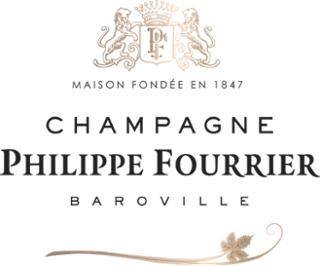French vs Australian Cinema: What's the Difference?
As we prepare for the Alliance Française French Film Festival 2022, we wondered what the differences between French and Australian cinema are. Even though going to the movies is a universal activity, we found some interesting answers. Have a look!
French VS Australian Cinema etiquette
Feeling like having a little apéro at a movie theatre in Australia? No problem! The bar will offer a variety of beers and wines to enjoy while watching your film. Can you believe that Sauvignon Blanc or Merlot, as well as any other alcoholic beverage, is not permitted in France? Sacré bleu !
If you are thinking of eating a meal whilst watching a movie in Australia, go right ahead! There are many tasty meal choices for you to buy especially in the large cinema chains. In France however, you will only have the option to buy popcorn, sweets, and other regular cinema snacks. Note for your next trip to France: always plan some time for food before or after your film!
Speaking of movie snacks, the salty and buttery popcorn we know so well in Melbourne is hard to find in France. Instead, the French opt for sweet versions of popcorn often coating it in sugar or caramel. How do you feel about that?
French VS Australian Film Industry
The Lumière brothers invented cinema in 1895. The first Australian cinema only came a year later in 1896. Despite this small gap in the introduction of filmmaking between the two countries, we noticed a considerable difference between the French and Australian film industries nowadays.
While approximatively 200 movies are produced every year in France, only 37 films are made on average on Australian soil. So, it comes as no surprise that France has a much larger cinema infrastructure – making it more widely recognised internationally.
Do you know Cannes Film Festival? You certainly do, but have you heard of the Australian equivalent? There isn’t one, however we are lucky to have independent festivals including the largest French Film Festival outside of France happening soon at Palace cinemas.
Despite all these differences between France and Australia, one thing we have in common is our love for cinema. Check out the program and buy your tickets for the Alliance Française Melbourne French Film Festival on www.affrenchfilmfestival.org.
Have you seen our recent posts about the Alliance Française Melbourne French Film Festival? Check them out here on Facebook and Instagram !



















